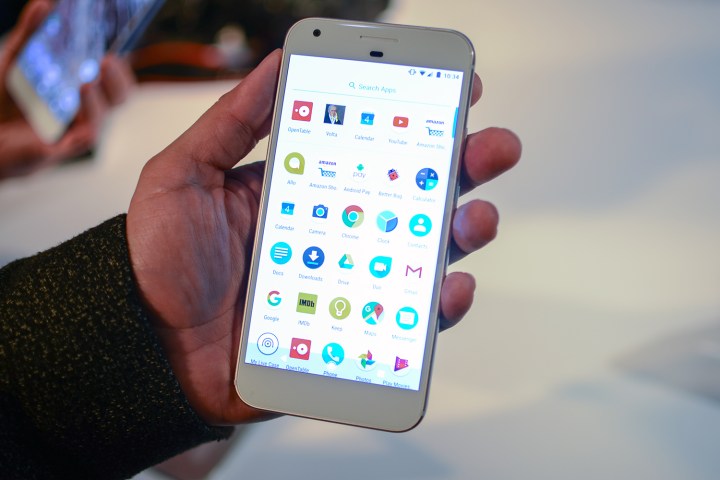
DigiTimes was not forthcoming about the methodology it used to arrive at those numbers, but likely foremost in its consideration were the Pixels’ price points and carrier exclusivity. In the U.S., the Pixel, the cheaper of the two models, starts at $650, rivaling Motorola’s Nexus 6 as the most expensive Google-branded smartphone ever produced. The larger, more powerful Pixel XL is predictably pricier — it starts at $769.
High-end smartphones are a sector where smartphone vendors have traditionally struggled and that has been especially true in recent months. Market research firm International Data Corporation reported in July that shipments of high-end smartphones remained largely flat. “
Carrier exclusivity may be partly to blame, too. A recent study showed wireless subscribers are satisfied, on the whole, with their carrier of choice. And few folks are willing to cancel their contract just to get a new flagship phone. According to a survey by industry group Consumer Intelligent Research Partners (CIRP), four out of five mobile subscribers opt to remain with their current carriers when they upgrade to a new handset.
The numbers may seem disappointing out of context, but they are roughly in line, if not slightly better, than shipment estimates for so-called Google phones. The first Nexus phone, HTC’s Nexus One, sold fewer than 150,000 units in its first month. Samsung’s $300 Galaxy Nexus only managed to capture 0.5 percent of the smartphone market over a period of two quarters, performance that the Seoul, Korea-based electronics-maker described as “minuscule.” LG’s Nexus 4 sold fewer than 400,000 units over the course of its lifetime. And Nexus 6 failed to meet Google’s optimistic sales expectations, as did the Nexus 6P.
Still, the Pixel and Pixel are expected to be a boon for Google’s embattled hardware partner, HTC. The Taiwan-based company, which jointly led design and manufacture of the Pixel and Pixel XL, had a challenging recent fiscal quarter: profits dipped 78 percent year over year. That decline led the company to announce the sale of real estate and eliminate 2,250 “redundant” jobs, or about 15 percent of its staff. But thanks in part to the Pixels, the company is looking up. It expects as much as 40-50 percent of its mobile shipment volume from Google’s handsets in the second half of this year, and HTC’s CEO, Chia-Lin Chang, said that the company’s smartphone division will break even as early as the third quarter of this year.
Editors' Recommendations
- A new Google Pixel Tablet is coming, but it’s not what you think
- This Google Pixel 8a leak just spoiled everything about the phone
- Have one of these Google Pixel phones? You’re getting Circle to Search
- A new Google Pixel 8a leak just revealed three huge upgrades
- 5 phones you should buy instead of the Google Pixel 8 Pro